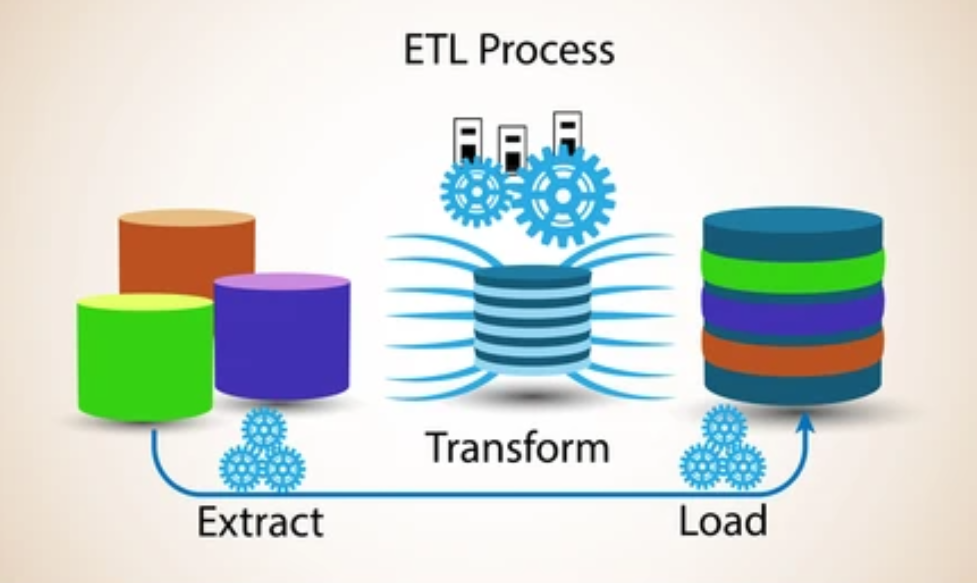ETL- Extract, Transform, Load
ETL- Extract, Transform, Load
10 May 2023
ETL stands for Extract, Transform, Load. It refers to a process in data warehousing and business intelligence that involves extracting data from various sources, transforming it into a consistent format, and loading it into a data warehouse or other data storage system for analysis.
The extraction phase involves pulling data from different sources, such as databases, APIs, files, or even web scraping. The transformation phase involves cleaning, enriching, and reshaping the extracted data into a consistent format that is suitable for analysis. This process can involve tasks such as removing duplicates, handling missing values, and standardizing data types.
The final step is the loading phase, where the transformed data is loaded into a target data storage system. This could be a data warehouse, a data lake, or any other type of data storage system.
ETL is a crucial step in the data pipeline for many organizations, as it helps to ensure that data is consistent, accurate, and in a format that can be easily analyzed. It also helps to streamline the data integration process, making it easier to access and analyze data from different sources.
ETL Process
Let’s say a retail company wants to analyze their sales data from multiple sources, including their online store, physical stores, and third-party marketplaces. The sales data is stored in different formats, with different data fields and structures. The company decides to use ETL to integrate and analyze the data.
The ETL process for this scenario might look something like this:
- Extract: The sales data is extracted from the various sources using different methods, such as APIs, FTP, or file transfer protocols.
- Transform: The extracted data is transformed into a consistent format that can be used for analysis. This involves several steps such as:
- Cleaning: Removing any duplicates, incomplete or irrelevant data, and standardizing the data formats.
- Enriching: Adding new fields or data from other sources to provide a more comprehensive dataset.
- Reformatting: Changing the structure of the data to fit the schema of the target database or data warehouse.
- Load: The transformed data is loaded into a centralized data warehouse, where it can be easily accessed and analyzed by the company’s analysts or data scientists.
Conclusion
Once the data is loaded into the data warehouse, the company can use various data analysis tools and techniques to derive insights and make data-driven decisions. For example, they might use data visualization tools to create dashboards and reports that show sales trends, customer behavior, and product performance across different channels.


